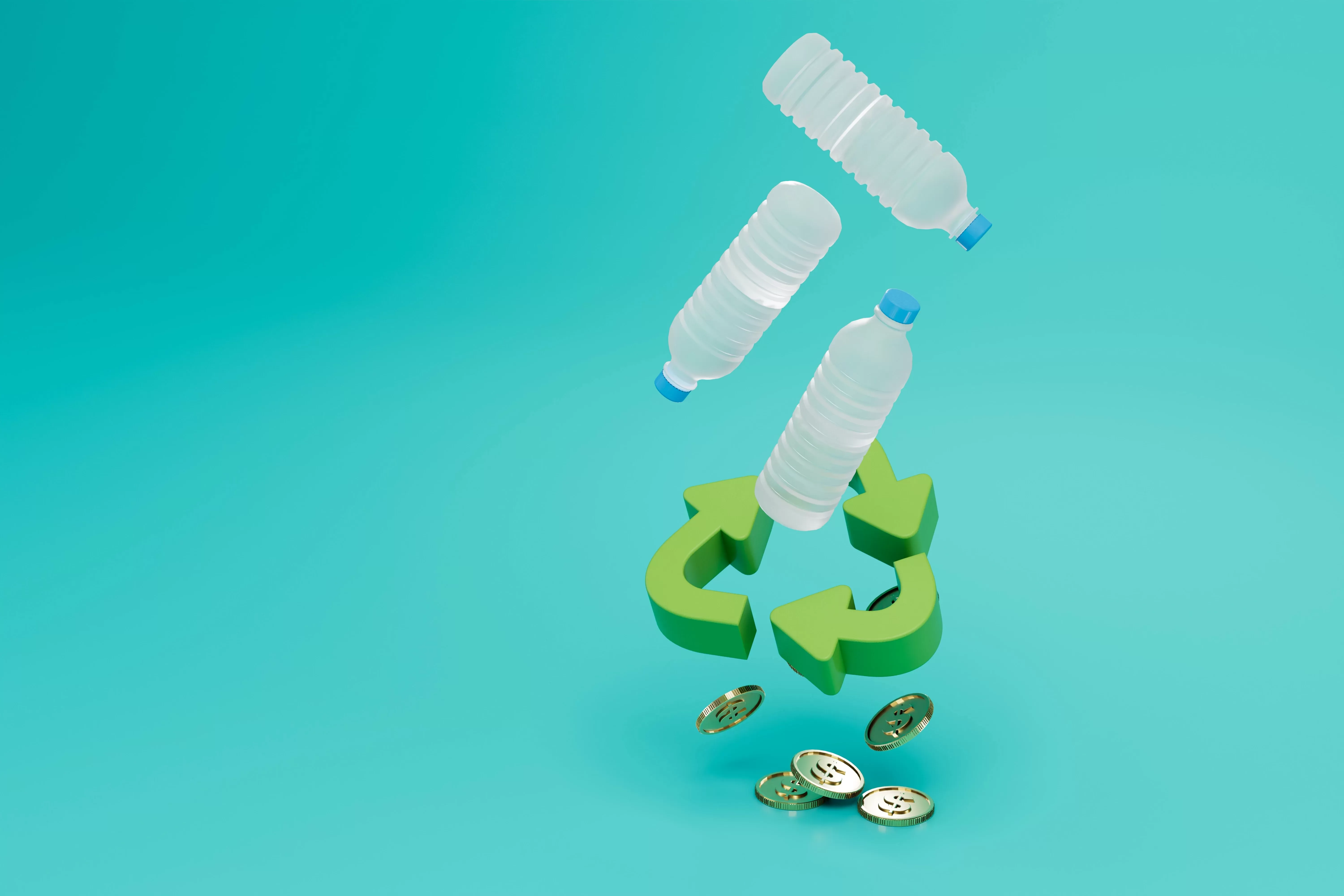
- CSR PLASTIC | Clean Society by Recycling | Sustainability
How CSR Plastic's Recycling Efforts Reduce Carbon Emissions
How CSR Plastic's Recycling Efforts Reduce Carbon Emissions
In the pursuit of a sustainable future, reducing carbon emissions is paramount. CSR Plastic has committed to lowering its environmental impact through recycling practices that drastically decrease greenhouse gas emissions. From energy-efficient machinery to recycling LDPE and PET plastics, CSR Plastic's efforts demonstrate the role of recycling in achieving sustainability goals. This article highlights how these recycling initiatives support carbon reduction, ultimately contributing to a cleaner, healthier environment.
Recycling as a Tool for Carbon Emission Reduction
Plastic production is an energy-intensive process, requiring the extraction and refinement of fossil fuels, which leads to high carbon dioxide (CO₂) emissions. Recycling, however, reduces the need for virgin plastic production, thereby lowering the associated carbon emissions. CSR Plastic’s recycling practices play a vital role in this effort by reprocessing materials like LDPE and PET rather than relying on newly manufactured plastics.
By recycling these plastics, CSR Plastic mitigates the environmental impact associated with the production of new plastics. This shift not only saves natural resources but also reduces emissions, making recycling a powerful tool for companies looking to support sustainable development.
Energy Savings Through Efficient Recycling
One of the most significant ways CSR Plastic reduces carbon emissions is by optimizing energy consumption in the recycling process. Traditional plastic production requires a vast amount of energy; however, recycling LDPE and PET plastics consumes substantially less energy. CSR Plastic’s use of advanced machinery and energy-efficient technologies enables it to minimize energy use, further reducing the carbon footprint of its operations.
This focus on energy efficiency ensures that CSR Plastic's recycling facilities operate with minimal emissions. By implementing sustainable practices throughout its recycling processes, CSR Plastic demonstrates how responsible energy use can lead to environmental benefits, supporting the larger mission of carbon reduction.
Reducing Reliance on Virgin Plastics
The production of virgin plastics requires oil extraction, refining, and processing, each of which releases significant amounts of CO₂. By focusing on recycling LDPE and PET, CSR Plastic reduces the demand for virgin materials. This approach not only decreases the environmental impact but also aligns with the principles of a circular economy, where resources are continuously reused rather than discarded.
Using recycled plastic instead of virgin plastic conserves resources and results in a product with a lower carbon footprint. Every ton of plastic that CSR Plastic recycles contributes to the reduction of CO₂ emissions associated with the entire plastic lifecycle. This impact reinforces the importance of recycling in reducing carbon emissions and protecting the planet.
Closing the Loop with a Circular Economy Model
CSR Plastic’s commitment to a circular economy supports its carbon reduction goals. In a circular model, materials are recycled, reused, and repurposed rather than disposed of. This approach contrasts with the traditional linear economy, where resources are used once and then discarded, contributing to waste and increased emissions.
By promoting a closed-loop system, CSR Plastic keeps LDPE and PET plastics in circulation, reducing the need for new materials and thus minimizing environmental impact. This approach lowers the overall carbon emissions of plastic production and encourages sustainable practices that align with global efforts to combat climate change.
Supporting Global Climate Goals
CSR Plastic’s recycling initiatives align with global climate goals, contributing to worldwide efforts to curb carbon emissions. Recycling, as demonstrated by CSR Plastic, is one of the most impactful ways to reduce CO₂ emissions in the plastic industry. By recycling LDPE and PET plastics, CSR Plastic helps prevent significant carbon emissions, reinforcing its dedication to sustainability and the environment.
CSR Plastic’s efforts not only benefit the company but also support the United Nations Sustainable Development Goals, which aim to address environmental challenges and promote sustainable consumption and production.
Conclusion
Through energy-efficient recycling practices and a commitment to using recycled rather than virgin materials, CSR Plastic’s recycling efforts play an essential role in reducing carbon emissions. By rethinking traditional plastic production processes and implementing circular economy principles, CSR Plastic helps protect the environment and supports a more sustainable future.
For more information on CSR Plastic’s recycling initiatives and its impact on carbon emissions, contact CSR Plastic.




